While OpenAI focused on the future during its DevDay event this week, I was especially curious about what OpenAI COO Brad Lightcap had to say about the past.
Lightcap—who joined OpenAI from Y Combinator in 2018—double-majored in economics and history in college. I’m a big believer that we all, deep down, remain who we were and that, to understand moments of massive change, looking back is a helpful way to look forward. When I interviewed Lightcap for the Term Sheet Podcast and asked him what history could tell us about AI today, his answer surprised me.
“There are some things that rhyme [with previous technological cycles],” he said. “But in many ways, also, AI is weird…The reason I say that is because, if you look at past technological cycles, there’s almost always been one kind of innovation, right? Sometimes people call it the J-curve.”
This is a paradigm, he said, that academic Carlota Perez talks about in her book, Technological Revolutions and Financial Capital: The Dynamics of Bubbles and Golden Ages. (He says it’s good, for anyone looking for reading material.)
“Her point, basically, is that these [transformations] have actually played out very consistently, and that you can understand these things as a repeatable phenomenon,” Lightcap said. “AI is different because the substrate is in a constant state of evolution. So, if you think about this as a road map from where we are to something akin to general intelligence, superintelligence, or whatever you want to call it—the path is exponential but it’s also ongoing.”
This rapid rate of change, he told Fortune, makes it a great time for startups.
“When the game board is getting shaken up like that, every day there’s opportunity,” said Lightcap, who also leads the OpenAI Startup Fund. “Anyone that can figure out how to really live in that disruption, live right at that frontier, and really just continue to move with the cresting wave as this continues—I think you’re in a great place.”
This ultimately aligns with Lightcap’s take on the enterprise AI race. Like any sector of tech, there’s pressure to innovate, of course. But when it comes to AI and the enterprise, Lightcap says, everything is still new and evolving in real time.
“These transformations don’t happen overnight,” Lightcap said. “Enterprises are gigantic, complex organisms. When we think about how we progress our research roadmap, we actually think along the lines of AI that’s capable of impacting a large organization. We’re not there yet. We’re still in this era where you’re just starting to have models that can use tools, take actions. They know how to intelligently solve problems and can correct their own problem-solving, in some sense. But there’s still a lot that has to get built.”
While OpenAI focused on the future during its DevDay event this week, I was especially curious about what OpenAI COO Brad Lightcap had to say about the past.
Lightcap—who joined OpenAI from Y Combinator in 2018—double-majored in economics and history in college. I’m a big believer that we all, deep down, remain who we were and that, to understand moments of massive change, looking back is a helpful way to look forward. When I interviewed Lightcap for the Term Sheet Podcast and asked him what history could tell us about AI today, his answer surprised me.
“There are some things that rhyme [with previous technological cycles],” he said. “But in many ways, also, AI is weird…The reason I say that is because, if you look at past technological cycles, there’s almost always been one kind of innovation, right? Sometimes people call it the J-curve.”
This is a paradigm, he said, that academic Carlota Perez talks about in her book, Technological Revolutions and Financial Capital: The Dynamics of Bubbles and Golden Ages. (He says it’s good, for anyone looking for reading material.)
“Her point, basically, is that these [transformations] have actually played out very consistently, and that you can understand these things as a repeatable phenomenon,” Lightcap said. “AI is different because the substrate is in a constant state of evolution. So, if you think about this as a road map from where we are to something akin to general intelligence, superintelligence, or whatever you want to call it—the path is exponential but it’s also ongoing.”
This rapid rate of change, he told Fortune, makes it a great time for startups.
“When the game board is getting shaken up like that, every day there’s opportunity,” said Lightcap, who also leads the OpenAI Startup Fund. “Anyone that can figure out how to really live in that disruption, live right at that frontier, and really just continue to move with the cresting wave as this continues—I think you’re in a great place.”
This ultimately aligns with Lightcap’s take on the enterprise AI race. Like any sector of tech, there’s pressure to innovate, of course. But when it comes to AI and the enterprise, Lightcap says, everything is still new and evolving in real time.
“These transformations don’t happen overnight,” Lightcap said. “Enterprises are gigantic, complex organisms. When we think about how we progress our research roadmap, we actually think along the lines of AI that’s capable of impacting a large organization. We’re not there yet. We’re still in this era where you’re just starting to have models that can use tools, take actions. They know how to intelligently solve problems and can correct their own problem-solving, in some sense. But there’s still a lot that has to get built.”

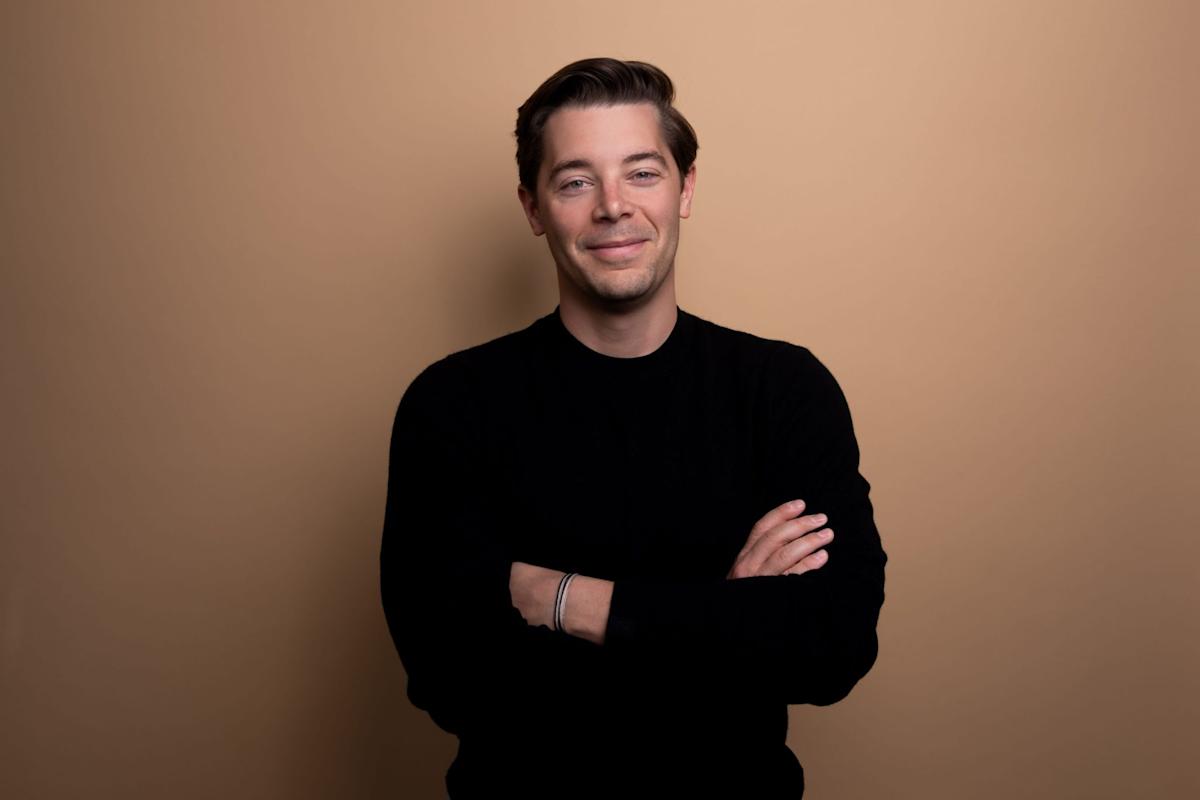


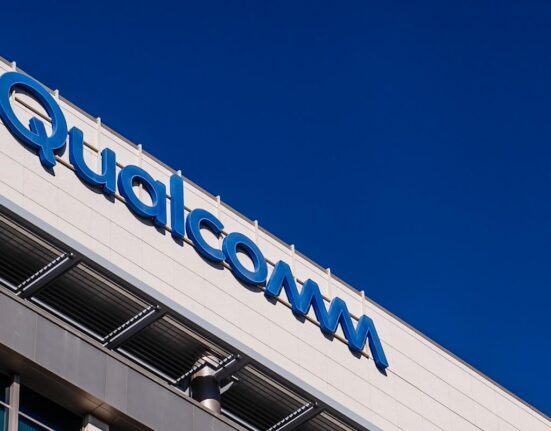

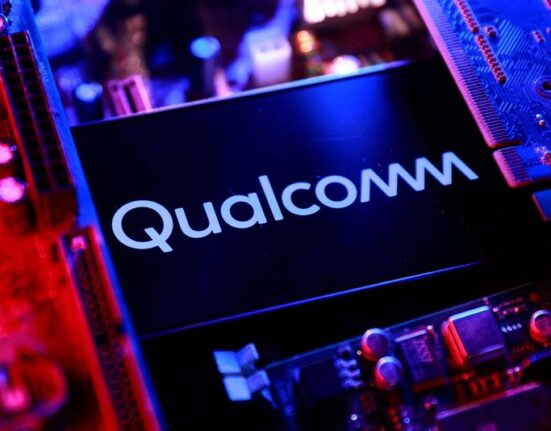

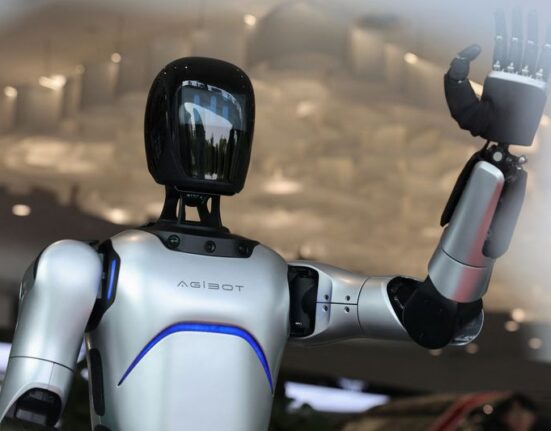

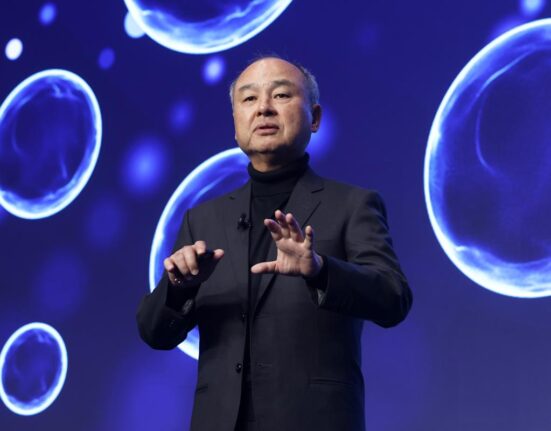
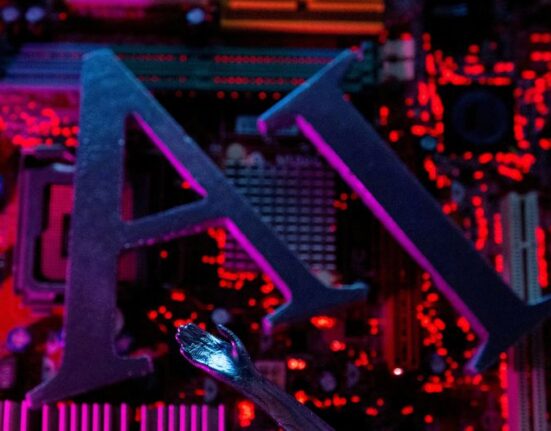
Leave feedback about this